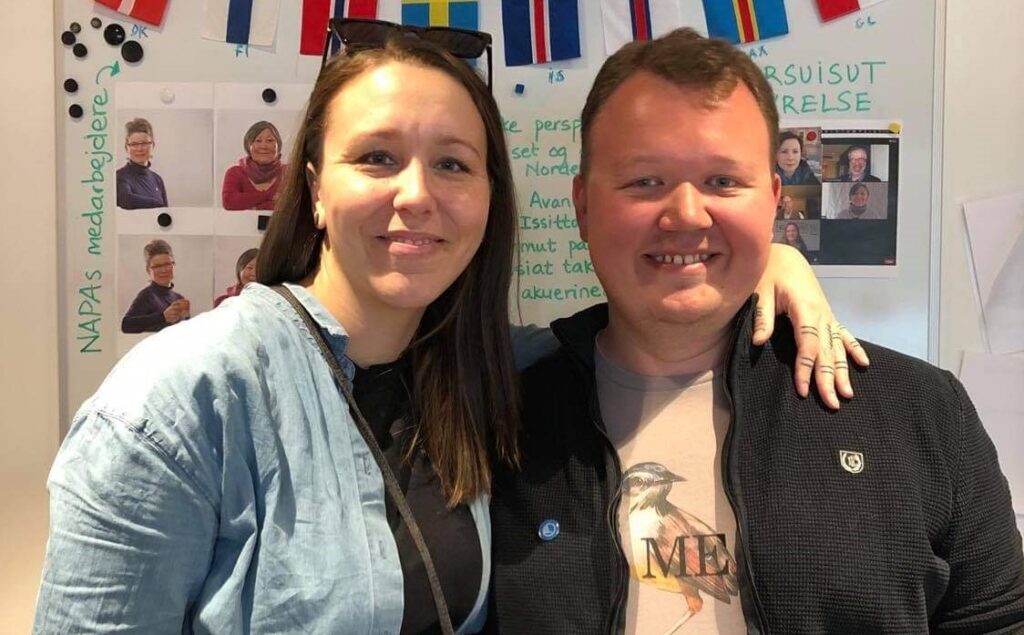
“We speak together in Greenlandic, but not necessarily in Greenlandic words”

«… You can be a good teacher without being able to speak the Greenlandic language…»
Which work language should we use in our Nordic office?
Back to our discussion about what language we should have in the office. I had thought that we would agree to hold meetings in English and informal communication in Greenlandic. But, I understand that this discussion is about more than what language we speak. It is also about who speaks when, how we talk to each other, how we listen, how I as a leader make room for all perspectives. And, the use of multiple languages also includes body language, volume and silence.
If we as an organization are to have access to all perspectives, then the working language must make room for it. We want to test different ways and reflect on what is perceived as best – what gives room for as many perspectives as possible so that we solve our tasks better and at the same time means that we all feel included and valued at work every day.
By Anne
Mette Gangsøy.



